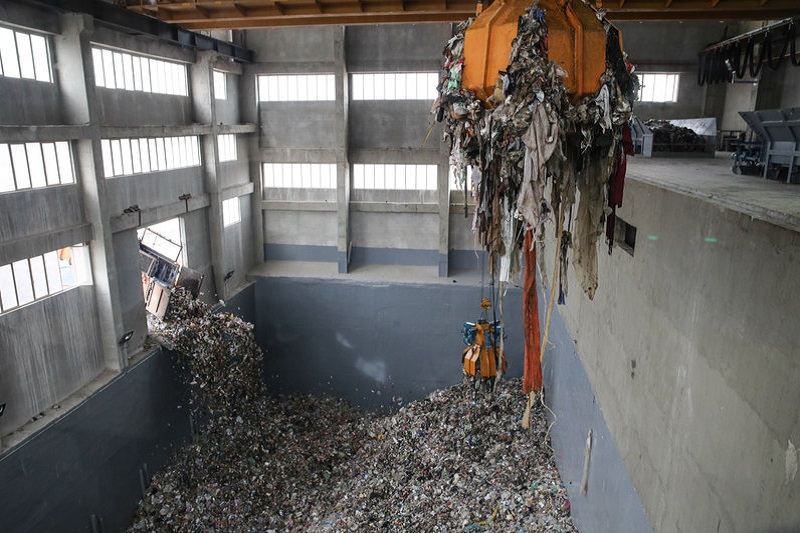A waste-to-energy plant is expected to come on stream in the city of Noshahr, Mazandaran Province, in three months.
“Mazandaran Province produces about 3,000 tons of trash per day, which doubles when the influx of tourists to the province reaches its peak,” Mazandaran’s Governor General Mohammad Eslami told ISNA on Sunday.
The province hosts thousands of tourists from across the country, especially during the summer and the Iranian New Year holidays, known as Norouz.
Eslami noted that waste processing plans are underway in many Mazandaran cities, including Sari and Tonekabon.
According to the official, Sari’s waste-to-energy plant will become operational by the end of the current fiscal year (March 20, 2019).
Waste-to-energy generation is being increasingly considered a potential energy diversification strategy.
The typical range of net electrical energy that can be produced is 500-600 kWh per ton of waste incinerated.
“About 65% of incineration machinery required for the plants have been delivered to the province and the rest should be imported and installed in the near future,” he said.
Eslami stressed that waste sorting at the source, such as recycling bins for dry and wet trash, must begin in all cities of the province under the supervision of governorates.
“By completing waste processing projects in the current fiscal, the problem of disposing about 1,400 tons of trash produced daily will be alleviated,” he said.
The top provincial official noted that plans call for enclosing landfills, collecting landfill leachate—liquid contaminated with landfill pollutants—and preventing it from leaking into underground water.
Iran is taking small but important steps to expand WTE facilities in collaboration with international companies.
The Energy Ministry said last year that an agreement had been reached with an unnamed Czech company to build a WTE plant in the northern Gilan Province, which will help incinerate 350 tons of municipal waste and produce 20 MW of electricity per day.
Japanese news service Nikkei reported in August 2016 that the Tokyo-based JFE Holdings was to conduct feasibility studies on a large-scale plant in Tehran that would process 1,000 tons of municipal waste per day.
According to data by state-owned Renewable Energy and Energy Efficiency Organization, Shiraz and Mashhad are operating one WTE plant each, albeit with a meager electricity output.
Iran has the capacity to generate more than 10,000 MW of electricity from biomass (fuel derived from organic materials), with 25 cities capable of generating at least 400 MW of electricity from waste materials, Renewable Energy Organization of Iran reported.
Close to 20 million tons of wastes are produced in Iran per annum.


